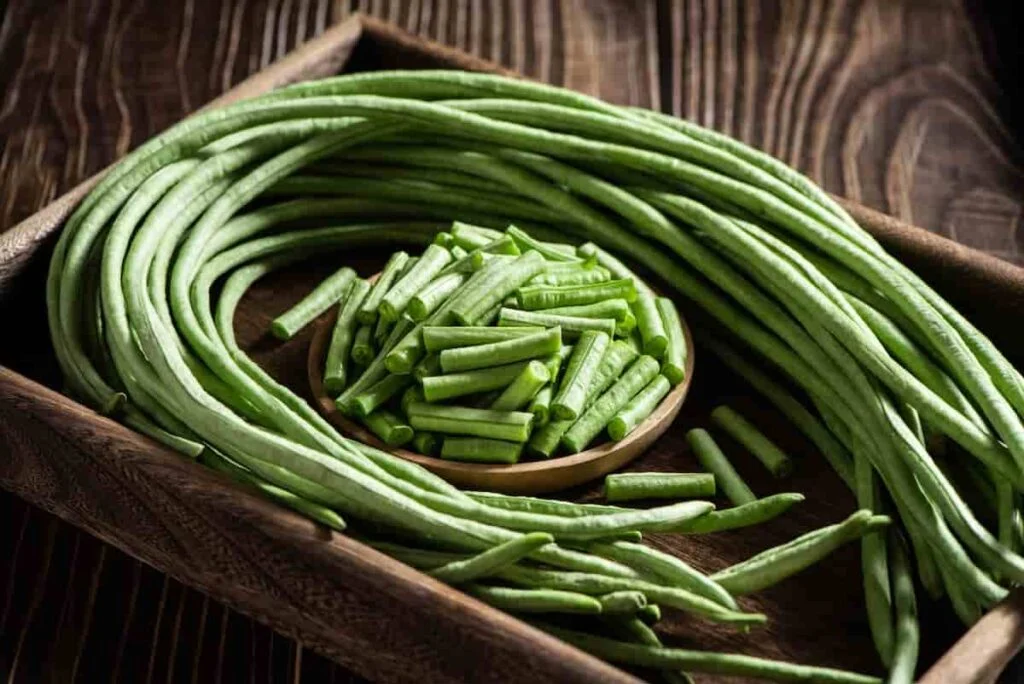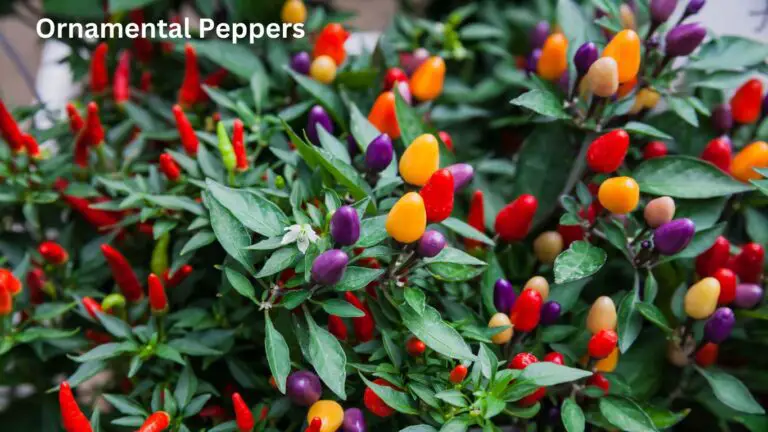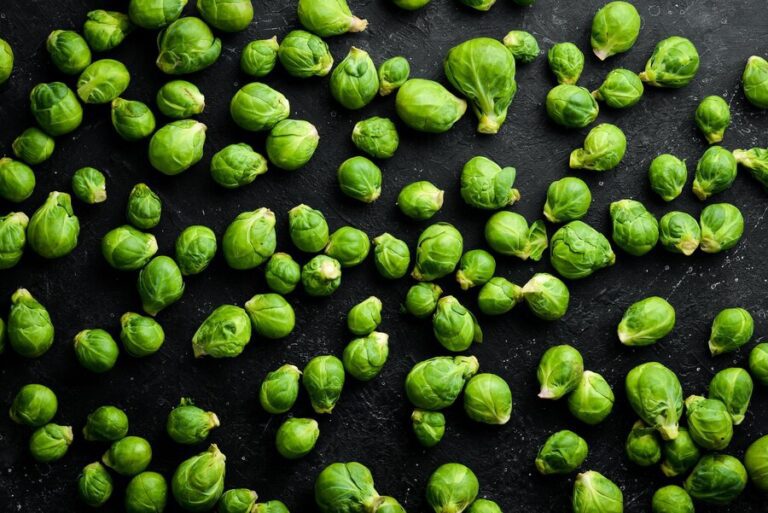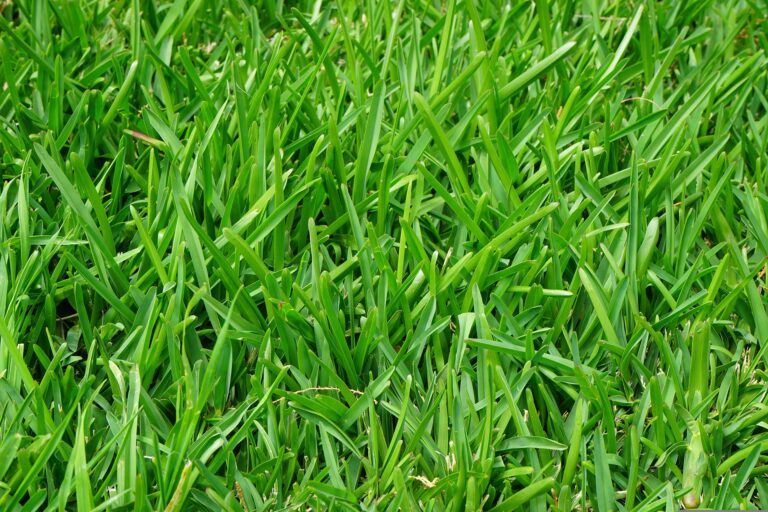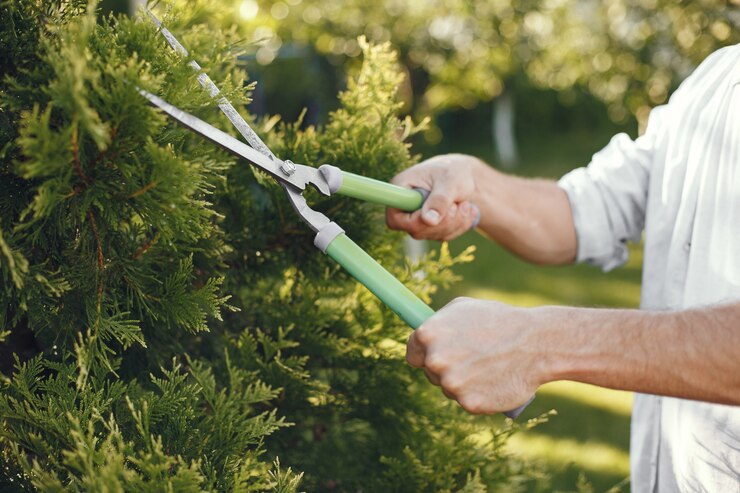Asparagus Bean Guide: Growing Yardlong Beans
Benefits of Growing Yardlong Beans
Yardlong beans, scientifically known as Vigna unguiculata subsp. sesquipedalis, are a versatile and rewarding addition to any garden. These nutritious legumes offer a plethora of benefits to both gardener and consumer alike. One significant advantage of growing yardlong beans is their exceptional yield potential. With proper care and maintenance, these beans can provide a bountiful harvest throughout the growing season. Additionally, yardlong beans are known for their fast growth rate, allowing gardeners to enjoy a relatively quick turnaround from planting to harvest. This rapid growth can be particularly appealing to those looking for a satisfying and efficient crop to cultivate.
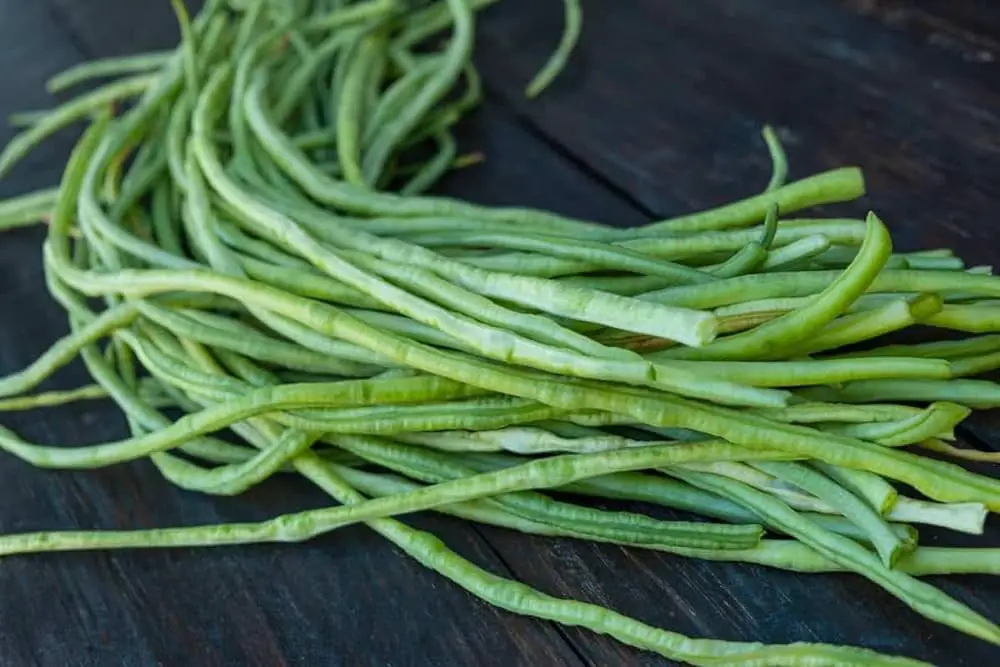
Moreover, yardlong beans are renowned for their nutritional value, making them a valuable addition to a well-balanced diet. Packed with essential vitamins, minerals, and antioxidants, these beans offer a range of health benefits, including improved digestion, enhanced immune function, and reduced inflammation. By incorporating yardlong beans into your meals, you can boost your overall nutrient intake and promote a healthier lifestyle. The versatility of yardlong beans in various culinary dishes further adds to their appeal, providing gardeners with a versatile ingredient to experiment with in the kitchen.
Ideal Growing Conditions for Yardlong Beans
Yardlong beans, also known as asparagus beans or snake beans, thrive in warm and humid climates, making them ideal for tropical and subtropical regions. These heat-loving legumes require full sun exposure for at least 6-8 hours a day to ensure optimal growth and yield. In addition to sunlight, yardlong beans prefer well-draining soil with a pH level between 6.0-7.0, rich in organic matter to support their vigorous growth.
Furthermore, yardlong beans are sensitive to cold temperatures, so it is crucial to plant them after the last frost date in your area. The optimal growing temperature for yardlong beans ranges between 70-90°F (21-32°C). Adequate air circulation around the plants is essential to prevent fungal diseases, so spacing the plants about 4-6 inches apart in rows that are 24-36 inches apart will promote healthier growth and better airflow.
Selecting the Right Variety of Yardlong Beans
When selecting the right variety of yardlong beans for your garden, it’s important to consider factors such as your climate, soil type, and desired characteristics of the beans. Some popular varieties of yardlong beans include the Red Noodle, Asparagus Bean, and Thai Yardlong Bean. The Red Noodle variety is known for its vibrant red pods that are long and slender, while the Asparagus Bean is typically light green and has a more tender texture. On the other hand, the Thai Yardlong Bean is a traditional variety with a slightly nutty flavor and a crunchy texture. Each variety has its own unique qualities that cater to different tastes and preferences.
Before making a decision, think about how you plan to use the beans in your cooking and what kind of growth habits suit your garden space. Additionally, take into account the duration of the growing season in your region, as some varieties may be better suited for shorter or longer periods. By selecting a variety that aligns with your gardening goals and local conditions, you can ensure a successful and bountiful harvest of yardlong beans.
Preparing Soil for Planting Yardlong Beans
To ensure optimal growth and development of yardlong beans, it is crucial to prepare the soil properly before planting. Yardlong beans thrive in well-draining soil that is rich in organic matter. Begin by clearing the planting area of any debris, weeds, or rocks that could impede the growth of the beans.
Next, loosen the soil to a depth of about 12 inches using a garden fork or tiller. This aerates the soil and allows the roots of the yardlong beans to penetrate easily. Incorporate compost or aged manure into the soil to improve its nutrient content and structure. A soil pH level between 6.0 and 6.8 is ideal for yardlong beans, so it may be beneficial to test the soil and amend it accordingly. By taking the time to properly prepare the soil, you are setting the stage for a successful and bountiful yardlong bean harvest.
Planting Yardlong Beans: Step-by-Step Guide
Yardlong beans, also known as long beans or snake beans, are a popular addition to many home gardens due to their flavor and nutritional value. Here is a step-by-step guide to planting yardlong beans in your garden:
1. **Select a Sunny Spot:** Yardlong beans thrive in full sun, so choose a location in your garden that receives at least 6-8 hours of sunlight per day.
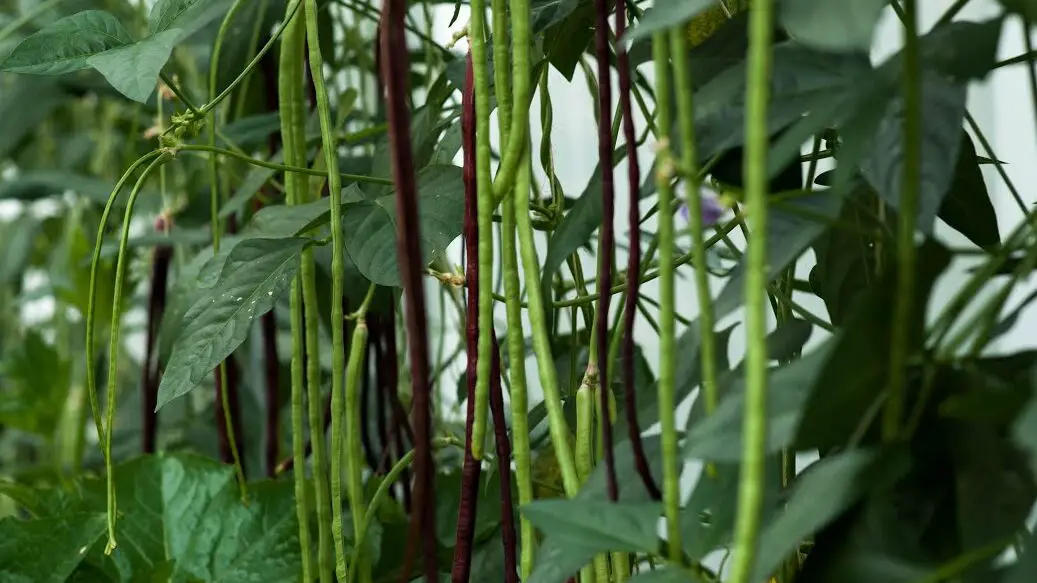
2. **Prepare the Soil:** Yardlong beans prefer well-drained soil rich in organic matter. Before planting, loosen the soil to a depth of 8-10 inches and incorporate compost or aged manure to improve fertility. Avoid planting in soil that tends to become waterlogged, as this can lead to root rot.
Watering and Fertilizing Yardlong Beans
Proper watering and fertilizing are crucial for the healthy growth of yardlong beans. These beans require consistently moist soil, so it is essential to water them regularly. However, it’s important not to overwater, as excessive moisture can lead to root rot. A general rule of thumb is to water yardlong beans deeply once or twice a week, ensuring that the soil is evenly moist but not waterlogged.
When it comes to fertilizing yardlong beans, a balanced fertilizer with a higher phosphorus content can promote healthy root development and flowering. Fertilize the beans at planting time and then again when they start flowering to support optimal growth and production. Avoid using fertilizers high in nitrogen, as this can result in excessive foliage growth at the expense of bean production. It is recommended to choose a slow-release fertilizer to provide a steady nutrient supply to the plants throughout their growing season.
Supporting Yardlong Beans as They Grow
When supporting yardlong beans as they grow, it is essential to provide them with a sturdy structure to climb on. These beans are vigorous climbers that can reach significant heights, so a trellis, stakes, or a fence should be used to support their growth. By offering this support, you can prevent the vines from becoming tangled or dragging along the ground, which can lead to issues like pest infestations or disease development. Additionally, ensuring proper support will allow for better airflow around the plants, reducing the risk of fungal infections and promoting healthy growth.
Another important aspect of supporting yardlong beans is regularly checking the vines and guiding them in the right direction as they grow. This practice helps prevent the plants from becoming overcrowded, which can hinder air circulation and increase the likelihood of pest and disease problems. By gently training the vines to climb upwards and spread out along the support structure, you can optimize light exposure and airflow, ultimately leading to a healthier and more productive crop of yardlong beans.
Pest and Disease Management for Yardlong Beans
When it comes to managing pests and diseases that can affect your yardlong beans, prevention is key. One common pest to watch out for is the bean fly, which can cause damage to the plants by laying eggs in the stems. To prevent this, it’s important to keep the area around your yardlong beans clean and free from debris where the flies can lay their eggs. Additionally, using floating row covers can help protect your plants from these pests.
Another common issue with yardlong beans is fungal diseases, such as powdery mildew or root rot. To prevent fungal diseases, it’s essential to ensure good air circulation around the plants by planting them in well-spaced rows. Proper watering techniques, such as watering at the base of the plants and avoiding overhead watering, can also help prevent fungal diseases from taking hold. If you notice any signs of fungal disease, such as white powdery spots on the leaves, it’s important to promptly remove and destroy the affected plant parts to prevent the spread of the disease to other plants.
The table below shows some of the diseases and pests of yardlong beans:
| Pest/Disease | Management Strategies |
|---|---|
| Aphids | 1. Spray plants with a strong jet of water to dislodge aphids. |
| 2. Introduce natural predators such as ladybugs or lacewings. | |
| 3. Apply insecticidal soap or neem oil as a natural control method. | |
| 4. Use reflective mulches to deter aphids from landing on plants. | |
| 5. Rotate crops to disrupt aphid life cycles. | |
| Whiteflies | 1. Use yellow sticky traps to monitor and trap adult whiteflies. |
| 2. Introduce predatory insects such as parasitic wasps. | |
| 3. Apply insecticidal soap or neem oil to control populations. | |
| 4. Encourage natural enemies by planting companion plants that attract beneficial insects. | |
| 5. Prune heavily infested plant parts and dispose of them properly. | |
| Powdery Mildew | 1. Plant resistant varieties if available. |
| 2. Ensure proper spacing and ventilation to reduce humidity around plants. | |
| 3. Apply fungicides containing sulfur or potassium bicarbonate. | |
| 4. Remove and dispose of infected plant debris promptly. | |
| 5. Avoid overhead watering to minimize leaf wetness. | |
| Anthracnose | 1. Practice crop rotation to reduce pathogen buildup in soil. |
| 2. Use certified disease-free seeds or seedlings. | |
| 3. Apply copper-based fungicides preventatively. | |
| 4. Remove and destroy infected plant debris. | |
| 5. Ensure proper plant spacing and air circulation. | |
| Bean Common Mosaic Virus | 1. Plant resistant varieties if available. |
| 2. Control aphid populations to reduce virus transmission. | |
| 3. Remove and destroy infected plants to prevent further spread. | |
| 4. Practice strict sanitation to prevent contamination. | |
| 5. Use reflective mulches to deter aphids and reduce virus incidence. |
Harvesting Yardlong Beans at the Right Time
When it comes to harvesting yardlong beans, timing is key to ensure optimal flavor and texture. Yardlong beans are best harvested when they are young and tender, typically around 12-18 inches in length. Avoid waiting too long to harvest as the beans can become tough and stringy, affecting their taste.
To determine if yardlong beans are ready for harvest, gently bend the bean and check if it snaps easily. If the bean bends without snapping, it may still be too immature. Additionally, the beans should have a glossy sheen and feel firm to the touch. Harvesting yardlong beans at the right time not only enhances their taste but also encourages the plant to continue producing more beans throughout the growing season.

Storing and Preserving Yardlong Beans
After harvesting your yardlong beans, it’s essential to store them properly to maintain their freshness and quality. To preserve yardlong beans, the first step is to ensure they are thoroughly cleaned and dried. Remove any dirt or debris by gently washing the beans in cold water and patting them dry with a clean cloth. Next, trim the ends of the beans if needed and sort them to remove any damaged or discolored pieces.
Once cleaned and sorted, yardlong beans can be stored in the refrigerator to prolong their shelf life. Place the beans in a perforated plastic bag or a container with ventilation holes to allow air circulation, which helps prevent moisture buildup and extends their freshness. When stored correctly in the refrigerator, yardlong beans can typically last for up to a week. To further extend their storage life, blanching and freezing yardlong beans is also an excellent preservation method.
Cooking and Eating Yardlong Beans
Yardlong beans, also known as asparagus beans, are versatile legumes that offer a unique flavor and texture when cooked. These beans are commonly used in Asian cuisines, adding a delicious crunch to stir-fries, soups, and salads. One popular way to prepare yardlong beans is by stir-frying them with garlic, ginger, and soy sauce for a simple yet flavorful side dish. Additionally, they can be steamed, roasted, or even pickled to create a variety of dishes that showcase their crispiness and mild sweetness.
When eating yardlong beans, it’s important to note that they are best enjoyed when they are young and tender. Overly mature beans can become tough and stringy, affecting the overall texture and taste of the dish. To ensure optimal flavor and texture, it’s recommended to harvest yardlong beans when they are around 12-18 inches long, depending on the variety. When cooking yardlong beans, be mindful not to overcook them to preserve their crispiness and nutty flavor.
Yardlong Beans in Different Cuisines
Yardlong beans, also known as asparagus beans or snake beans, are a versatile legume that plays a significant role in various cuisines across the globe. In Asian cuisine, yardlong beans are frequently used in stir-fries, curries, and salads, adding a unique texture and flavor to the dishes. In Indian cuisine, they are commonly found in dishes like sabzi and dal, where their distinct long shape and mild taste complement the rich spices and aromatics used in the recipes.
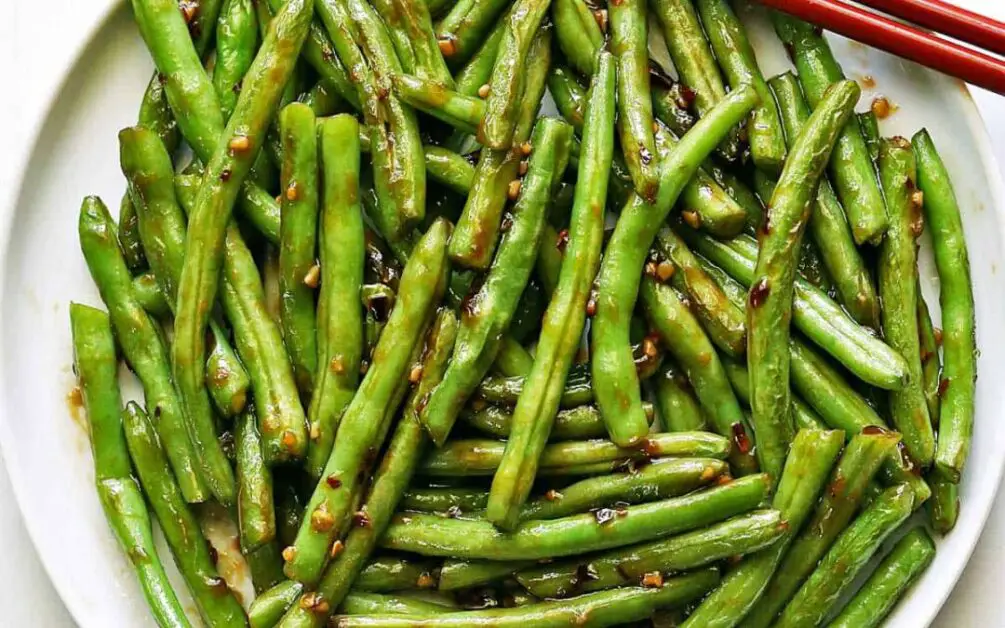
Moving to African cuisine, yardlong beans are often featured in dishes such as soups, stews, and rice-based meals, offering a nutritious and filling component to the traditional fare. These beans are celebrated for their ability to absorb the flavors of the ingredients they are cooked with, making them a versatile addition to a wide range of culinary creations around the world.
Health Benefits of Consuming Yardlong Beans
Yardlong beans, also known as asparagus beans, are not only a delicious addition to your meals but also offer a plethora of health benefits. These slender and lengthy beans are a great source of dietary fiber, which aids in digestion and helps maintain a healthy gut. In addition, yardlong beans are rich in vitamins and minerals, including vitamin C, vitamin A, potassium, and folate, all of which play crucial roles in supporting overall health and well-being.
Furthermore, yardlong beans are low in calories and fat, making them an excellent choice for those looking to maintain a healthy weight. With their high antioxidant content, these beans can help reduce inflammation in the body and protect against chronic diseases. Including yardlong beans in your diet can also contribute to better heart health by promoting healthy blood pressure levels and improving cholesterol profiles. With their impressive nutritional profile, yardlong beans are a valuable addition to any diet seeking to enhance health and vitality.
The chart below shows how one can be benefited by concuming yardlong beans:
| Health Benefit | Description |
|---|---|
| Nutrient-Rich | Yardlong beans are packed with essential nutrients such as vitamins A, C, and K, as well as folate, iron, and potassium, contributing to overall health and well-being. |
| Low in Calories | They are low in calories and high in fiber, making them an excellent choice for weight management and promoting a healthy digestive system. |
| Heart Health | The fiber, potassium, and folate content in yardlong beans can help lower blood pressure, reduce the risk of heart disease, and support cardiovascular health. |
| Blood Sugar Regulation | The fiber and complex carbohydrates in yardlong beans aid in stabilizing blood sugar levels, making them beneficial for individuals with diabetes or those at risk of developing the condition. |
| Eye Health | Rich in vitamin A and carotenoids, yardlong beans promote good vision and eye health, reducing the risk of age-related macular degeneration and other eye disorders. |
| Bone Health | Yardlong beans are a good source of vitamin K, which is essential for bone health and plays a role in calcium metabolism, promoting strong and healthy bones. |
| Immune System Support | The vitamins and minerals found in yardlong beans, such as vitamin C and iron, help strengthen the immune system, enhancing the body’s ability to fight off infections and illnesses. |
Fun Facts About Yardlong Beans
Yardlong beans, also known as asparagus beans, are not actually one yard long, despite their name. In reality, these beans typically grow to around 14-30 inches in length, making them an impressive addition to any garden. Additionally, yardlong beans are a versatile vegetable that can be enjoyed fresh, steamed, stir-fried, or pickled, offering a delightful culinary experience for those who appreciate exotic produce.
Interestingly, yardlong beans are believed to have originated in Southeast Asia and Africa, where they have been cultivated for centuries. These beans are known for their rapid growth rate, sometimes reaching maturity in as little as 60 days after planting. With their slender and elongated pods, yardlong beans not only add visual interest to a garden but also provide a nutritious and flavorful ingredient for a variety of dishes.
To learn more about yardlong bean and how to cultivate the watch the video.
Tips for Success in Growing Yardlong Beans
When growing yardlong beans, there are several key tips to keep in mind to ensure a successful harvest. Firstly, it is essential to provide adequate support for the plants as they grow. Yardlong beans are vigorous climbers that require trellises or stakes to help them reach their full potential without stressing the vines. Additionally, regular watering is crucial for yardlong beans, as they prefer consistently moist soil. However, it is important to avoid overwatering, which can lead to root rot and other issues.
Another important tip for growing yardlong beans is to monitor for pests and diseases regularly. Aphids, bean beetles, and fungal infections are common problems that can impact the health of the plants and reduce yields. Implementing integrated pest management strategies, such as using beneficial insects or organic pesticides when necessary, can help prevent and manage these issues effectively. By staying proactive and addressing any issues promptly, you can maximize the success of your yardlong bean crop.
Can yardlong beans be grown in containers?
Yes, yardlong beans can be grown in containers as long as the container is large enough to accommodate the plant’s long vines.
How often should yardlong beans be watered?
Yardlong beans should be watered consistently, ensuring that the soil remains moist but not waterlogged. During hot weather, they may need to be watered daily.
What are some common pests that can affect yardlong beans?
Common pests that can affect yardlong beans include aphids, spider mites, and bean beetles. Regularly inspecting the plants for signs of infestation and taking appropriate measures can help manage pest issues.
Can yardlong beans be preserved for long-term storage?
Yes, yardlong beans can be preserved for long-term storage by blanching and freezing them. This helps retain their flavor and nutrients for a longer period of time.
Are yardlong beans suitable for stir-fries?
Yes, yardlong beans are a popular ingredient in stir-fries due to their crisp texture and mild flavor. They can be quickly cooked with other vegetables and sauces for a delicious meal.

